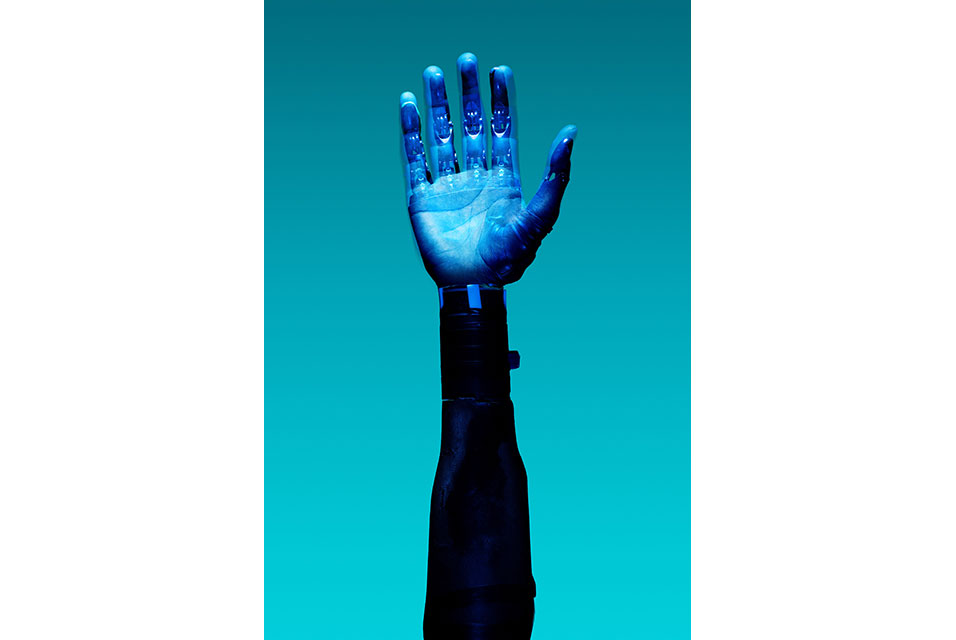SAN DIEGO, CA.- Living tissue can heal itself from many injuries, but giving similar abilities to artificial systems, such as robots, has been extremely challenging. Now, researchers at the
University of California San Diego reporting in Nano Letters have developed small, swimming robots that can magnetically heal themselves on-the-fly after breaking into two or three pieces. The strategy could someday be used to make hardier devices for environmental or industrial clean up, the researchers say.
Scientists have developed small robots that can swim through fluids and carry out useful functions, such as cleaning up the environment, delivering drugs and performing surgery. Although most experiments have been done in the lab, eventually these tiny machines would be released into harsh environments, where they could become damaged.
Swimming robots are often made of brittle polymers or soft hydrogels, which can easily crack or tear. Senior author and UC San Diego nanoengineering professor Joseph Wang and colleagues wanted to design swimmers that could heal themselves while in motion, without help from humans or other external triggers.
The researchers made swimmers that were 2 cm long (a little less than an inch) in the shape of a fish that contained a conductive bottom layer; a rigid, hydrophobic middle layer; and an upper strip of aligned, strongly magnetic microparticles. The team added platinum to the tail, which reacted with hydrogen peroxide fuel to form oxygen bubbles that propelled the robot.
When the researchers placed a swimmer in a petri dish filled with a weak hydrogen peroxide solution, it moved around the edge of the dish. Then, they cut the swimmer with a blade, and the tail kept traveling around until it approached the rest of the body, reforming the fish shape through a strong magnetic interaction.
The robots could also heal themselves when cut into three pieces, or when the magnetic strip was placed in different configurations. The versatile, fast and simple self-healing strategy could be an important step toward on-the-fly repair for small-scale swimmers and robots, the researchers say.










